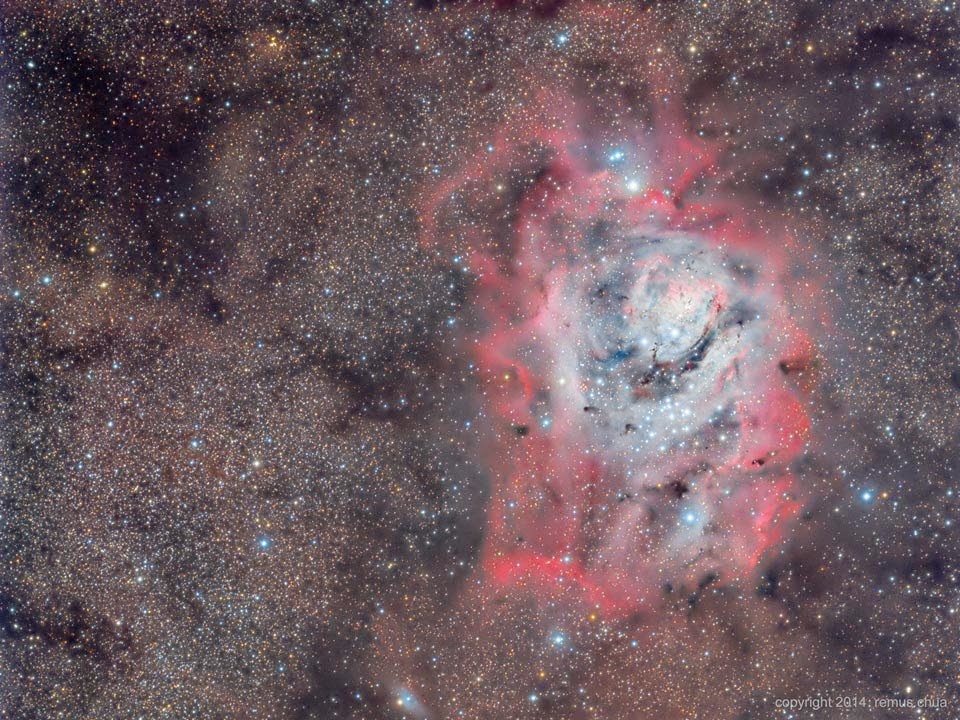Angie Aramayo
Mr. Percival
Astronomy Period 1
10 Oct. 2014
Johann Bayer
The astronomer Johann Bayer was born in 1572 on Rhain,
Germany. He went to the University of
Ingolstadt where he studied philosophy and law. Like many, Bayer was interested
in the new discoveries in astronomy. He did many investigations and published
several books but his most famous work was the book called Uranometria. Later on in his life, Bayer was appointed as legal
advisor in the city council of Augsburg. He became a successful and wealthy
name due to his position. Also, he was recognized for the work that he had done
in astronomy.
What people remember about Johann Bayer the most is
his book, Uranometria. The book consists of 48 constellations, which
Ptolemy had discovered, and the naming of stars in the constellations. Bayer’s
information about the sky was more modernized and updated compared to the
previous astronomers’ information. For example, around the time Bayer wrote the
book the Dutch navigator Pierter
Dirckszoon Keyser defined 12 new southern constellations. Therefore, Bayer
added this information in his book.
Although Bayer may deserve the credit for
updating astronomical information, his celestial atlas formed issues. To begin
with, all of the constellations in his book were labeled left to right. This
caused a problem because previous astronomers had done the atlases right to
left, which formed confusion to many. He also bracketed stars that have the
same magnitude in each constellation but, unfortunately, did not show how he
assigned the letter included in each bracket. This issue made it harder for his
readers to understand what he was presenting in his book. Bayer did demonstrate
new information to the astronomical world but he could have improved the way he
presented it to avoid confusion in later work about stars.
Bayer has also contributed to the
discoveries of astronomy by demonstrating different names for the
constellations from the Bible. He was a strong Protestant, therefore, finding
names for constellations from the Bible seemed like the best alternative for
him. He named the constellations from the Northern Hemisphere from the New
Testament and the Southern Hemisphere constellations from the Old Testament. As
interesting as that sounds, Bayer’s opinion about the naming of constellations
was ignored.
Throughout his time, Johann Bayer was an
important astronomer. He gathered all the constellations and their position and
added them in his book Uranometria. Yes, the information in his book might have been confusing but at the
time he wrote it, it was just what the people needed to become information
about the constellations in the sky.





